I’ll share some background on the various elements that make up KiKi KaiKai.

Sayo-chan is a miko, which is a Shinto shrine priestess. It is believed that there was a time when they performed spirit possession rituals (like a shaman) in order to deliver messages from kami (gods, spirits). Over time the role of a miko became more institutionalized, and less dramatic. Today you’ll find them helping with general shrine maintenance, running the reception counters, and assisting priests (kannushi) with various ceremonies. The attire of a miko is a white kimono and red hakama, which can be either loose pants or a long skirt (but either way, it’s pleated).
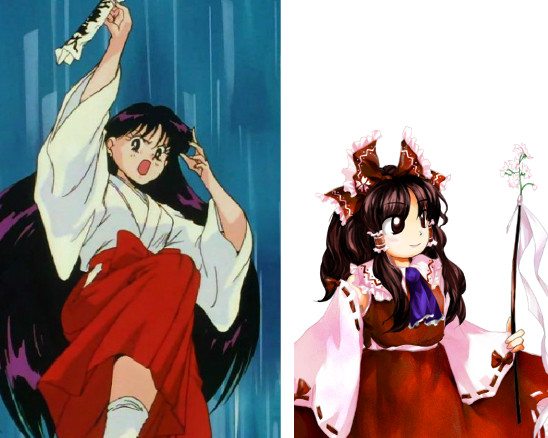
Sayo-chan wields magical talismans called ofuda. In real life an ofuda can be purchased at a shrine as a kind of amulet to hang in your house for protection (or other benefits/good fortune), and will have the shrine name or the name of a kami inscribed on it. When diving into folklore, magic-users known as onmyoji may use ofuda for exorcisms and wards – and then in the world of anime (and manga, video games, etc), they become useful for all sorts of flashy magical attacks. A shrine maiden character in Sailor Moon uses such ofuda, for example. And if you’ve ever played any of the Touhou “bullet hell” shoot-em-ups, you’ll notice the lead character Reimu (also a shrine maiden) is based off of Sayo-chan.
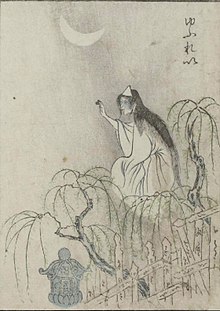
The monsters are yokai, but with a cartooney and cutesy appearance (reminiscent of the classic Gegege no Kitaro manga/anime, or the more modern video games Yokai Watch). The funny-looking ghosts are wearing a triangular cloth bandana called a hitaikakushi. If you’ve ever seen Japanese ghosts in anime, chances are they were wearing one of these on their foreheads. Traditional artwork from Japan depicts ghosts wearing these, but it’s a mystery why.
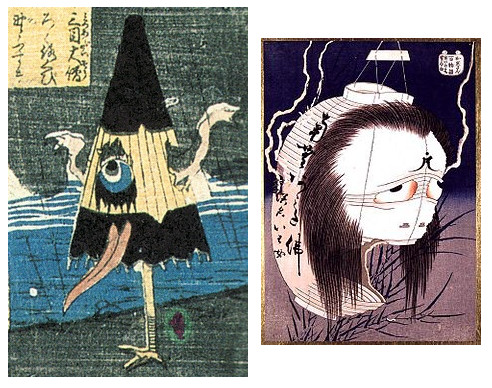
Tsukumogami are everyday objects that have gained a spirit and come to life. Popular ones to be depicted included the kasa-obake (an umbrella) and the chouchinobake (a lantern). Tools such as these could come to life after a hundred years of use, or through other means (whatever the tale called for). There was a recent anime about such creatures that you can watch on Crunchyroll, titled We Rent Tsukumogami.
Many yokai are depicted in KiKi KaiKai, and some of the more popular ones make it in as bosses, such as the kitsune (a magical fox) and tanuki (a magical “raccoon dog”). There is a great deal that can be said about any of these creatures, since they’ve appeared in tons of stories over the centuries. They’re fun to look up and research – The Book of Yokai is a pretty good introduction for a lot of them.
The seven lucky gods and their cool boat is an iconic image in Japan. Three of these figures originally stem from India’s Hinduism, three from Chinese Taoism and Buddhism, and one from Japan’s Shinto. A traditional story has these seven friendly deities showing up in their boat on New Year’s to bring everyone good fortune. Many cities have a pilgrimage circuit for seven sites (temples, shrines, etc) dedicated to each of them.
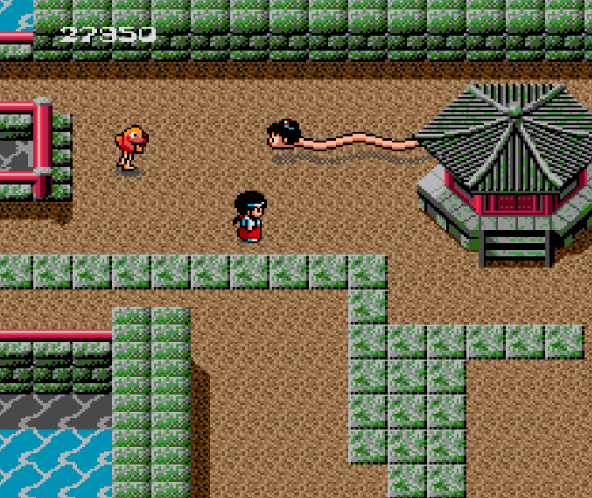





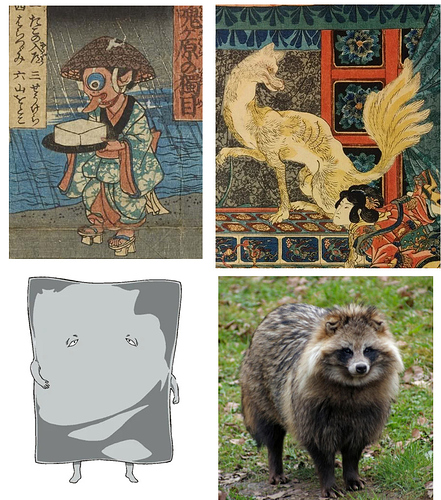
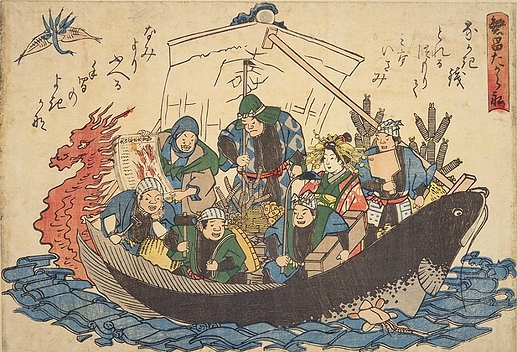
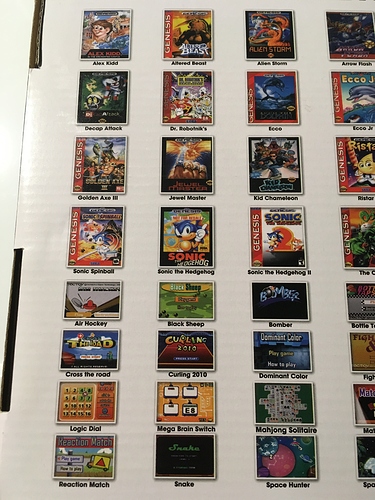


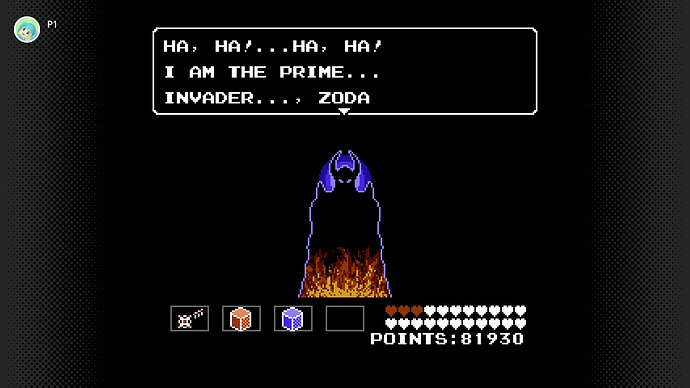
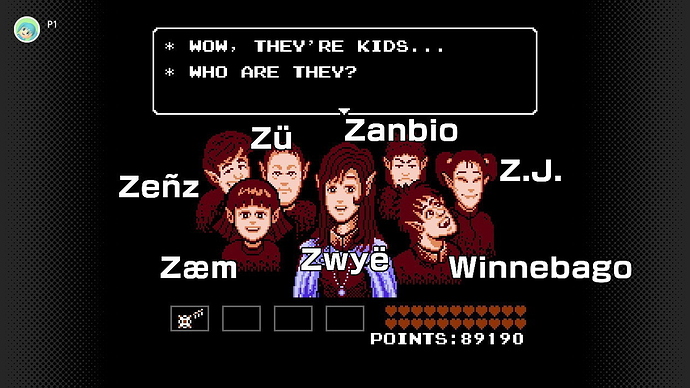

 Tag yourself, I’m feeling like a Zens today
Tag yourself, I’m feeling like a Zens today 